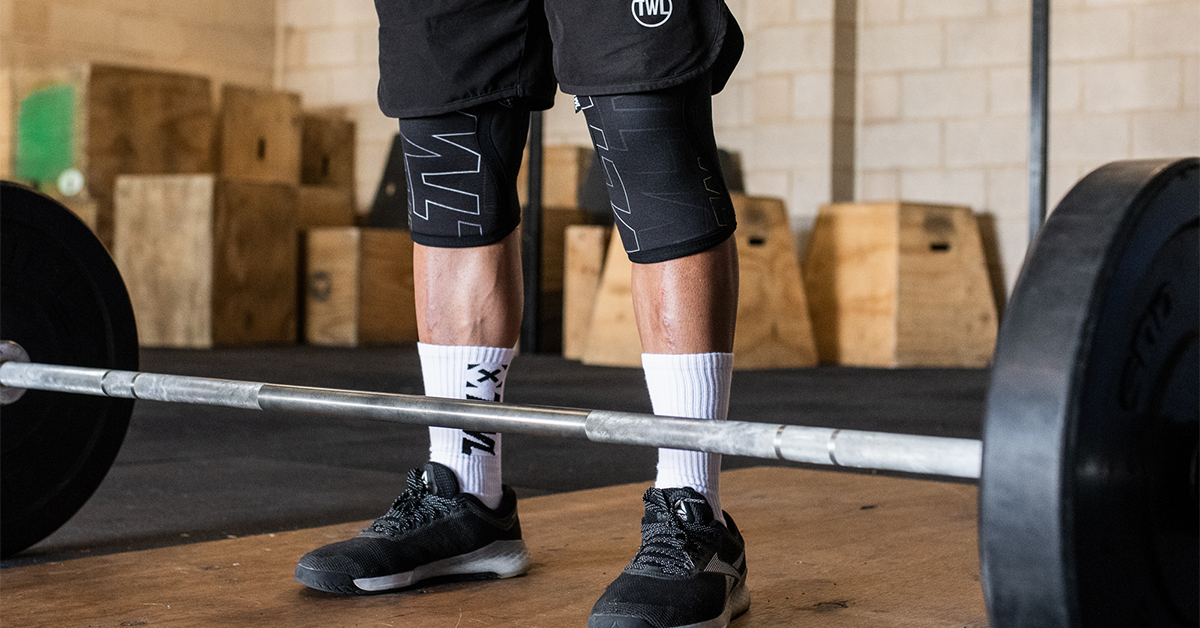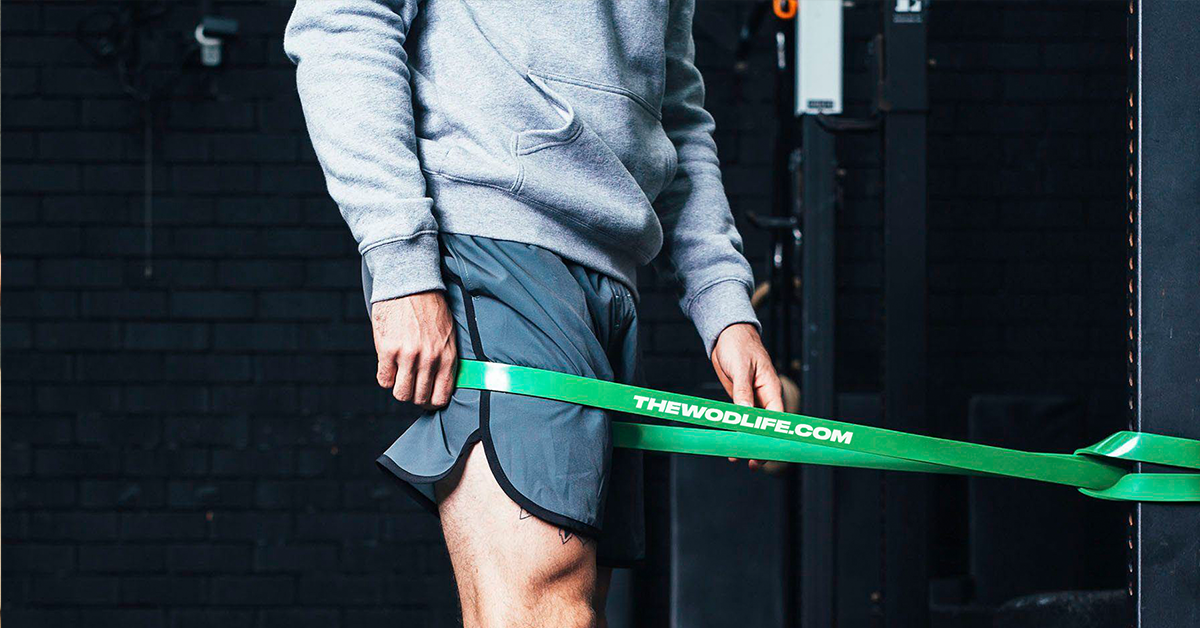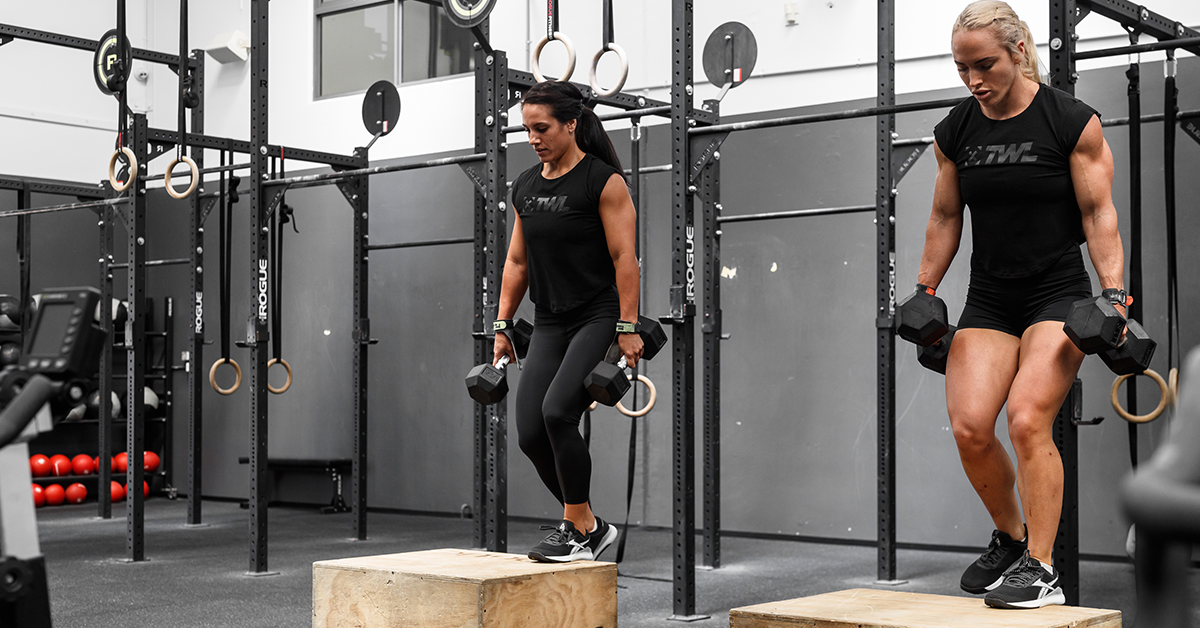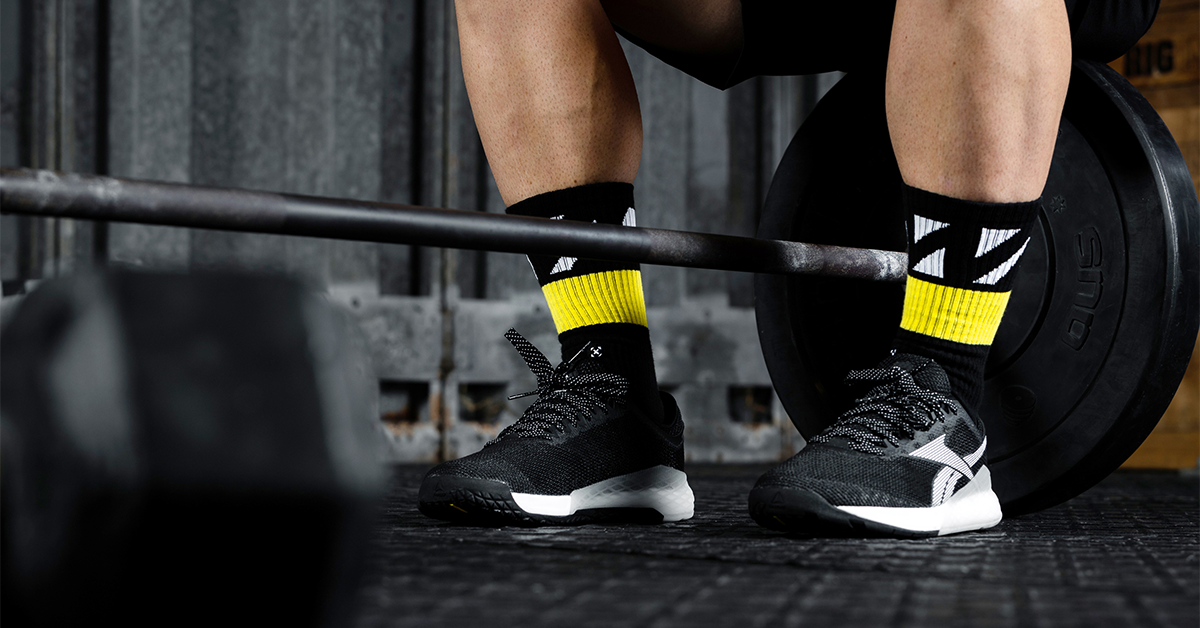The sumo deadlift and traditional deadlift both have the same objective: pick the barbell off the ground. However, there’s one key difference. In a traditional deadlift, your feet are roughly hip-width apart and your grip is just outside your legs.
With the sumo deadlift, you widen your stance and bring your grip inside your legs.
This is the basic setup for the sumo deadlift. Let’s talk more about how to do it and why you might choose this over a traditional deadlift.
How to Do a Sumo Deadlift
Exactly how wide your feet are will vary from lifter to lifter. They need to be wide enough so that your elbows have room to rest in between your knees, and your shoulders should be almost straight over the bar. Point your toes out slightly.
To meet the bar, you’re going to need to bend your knees more than a traditional deadlift, which uses your back much more.
Once you’ve got a grip on the bar, you first want to build some tension — something you should aim for with every lift. This will help you avoid ripping the bar off the ground, instead making the movement more fluid and smooth, and giving you more control.
Begin to pull on the bar just slightly, without actually moving it or lifting it off the ground. You’re going to feel the slack leave. Once that happens, take a big breath and drive through your legs to lift the bar off the ground.
Keep the barbell close, and think of keeping your chest and hips in position. One common deadlifting mistake that athletes make is letting their hips go up before everything else. A good cue to keep in mind is “chest up, hips down.”
Now that you have a basic idea of how to do a sumo deadlift, let’s talk about why you might choose this over a traditional deadlift.
What Do Sumo Deadlifts Instead of Traditional Deadlifts?
There are a number of reasons you might opt for the sumo deadlift.
For starters, it’s more beginner-friendly. The mechanics of it tend to be easier for most athletes.
Secondly, it’s easier on your back. Because it uses your legs more to drive the barbell upward, and because your spine gets to stay more upright, your core is in a less vulnerable position, compared to conventional deadlifts.
Third, you can lift more weight with a sumo deadlift compared to a conventional one. Again, it’s largely because you’re closer to the ground, meaning the range of motion is decreased and you don’t have to move the weight as far. Plus, it’s more leg-intensive, and your legs are likely stronger than your back.
And lastly, because of the positioning, your glutes and quads are going to get a better workout.
Now, none of this is to say that the sumo deadlift is inherently better than a conventional deadlift. And rest assured that any gains you make doing it sumo will translate to your traditional deadlift. Rather, the sumo deadlift is simply different.
Get to work!
Psst! Need more help? Read about six tips to improve your deadlift training.
















